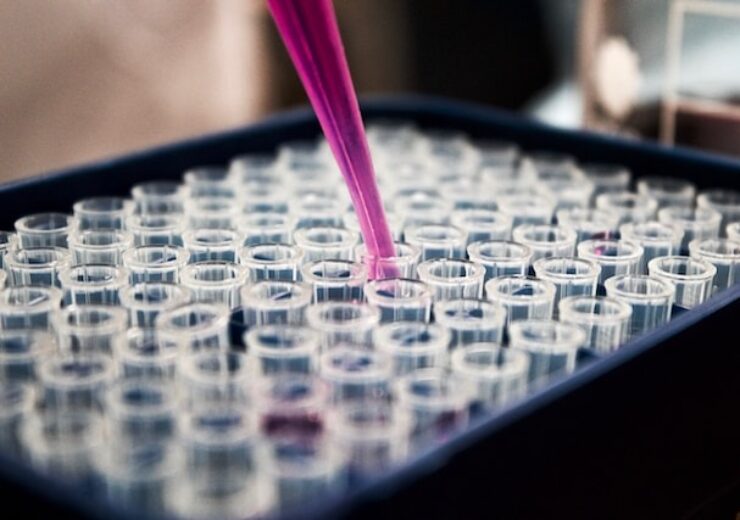The partnership aims to manufacture medical diagnostic devices that rapidly detect and differentiate multiple infections, and uses printed solid-state electronic biosensors to rapidly detect pathogen DNA and RNA in saliva samples

IdentifySensors, East West to produce diagnostic devices. (Credit: Louis Reed on Unsplash)
US-based digital diagnostics company IdentifySensors Biologics has teamed up with global manufacturing services provider East West Manufacturing to produce medical diagnostic devices.
The partnership aims to manufacture medical diagnostic devices that rapidly detect and differentiate multiple infections using a single saliva sample.
The testing platform uses printed solid-state electronic biosensors intended to rapidly detect pathogen DNA and RNA in saliva samples, said the digital diagnostics firm.
IdentifySensors Biologics COO Ghazi Kashmolah said: “We are excited to partner with East West Manufacturing to assist us with the commercialisation of our diagnostics devices upon FDA approval for deployment in US markets.
“East West brings knowledge and experience in manufacturing electromechanical products and printing technology under ISO 13485 quality management system.”
East West will produce two components of the testing platform, single-use, disposable test cartridges and a reusable Bluetooth reader, which connects to the cloud through a mobile app to report results.
The manufacturing company has commenced pilot production of devices, which will be used for clinical trials soon.
IdentifySensors intends to functionalise several biosensors to detect a wide range of diseases, including respiratory illnesses, such as Coronavirus, Influenza and RSV.
Tests for diarrheal pathogens, including norovirus, rotavirus and adenovirus are currently under development, along with multiple sexually transmitted diseases, said the diagnostics company.
IdentifySensors CEO and cofounder Gregory Hummer said: “We are pleased we began manufacturing in preparation for our clinical studies in time for this year’s cold-and-flu season.
“We have seen very encouraging preliminary data from our own laboratory and are excited to put this to use in clinical environments.”
